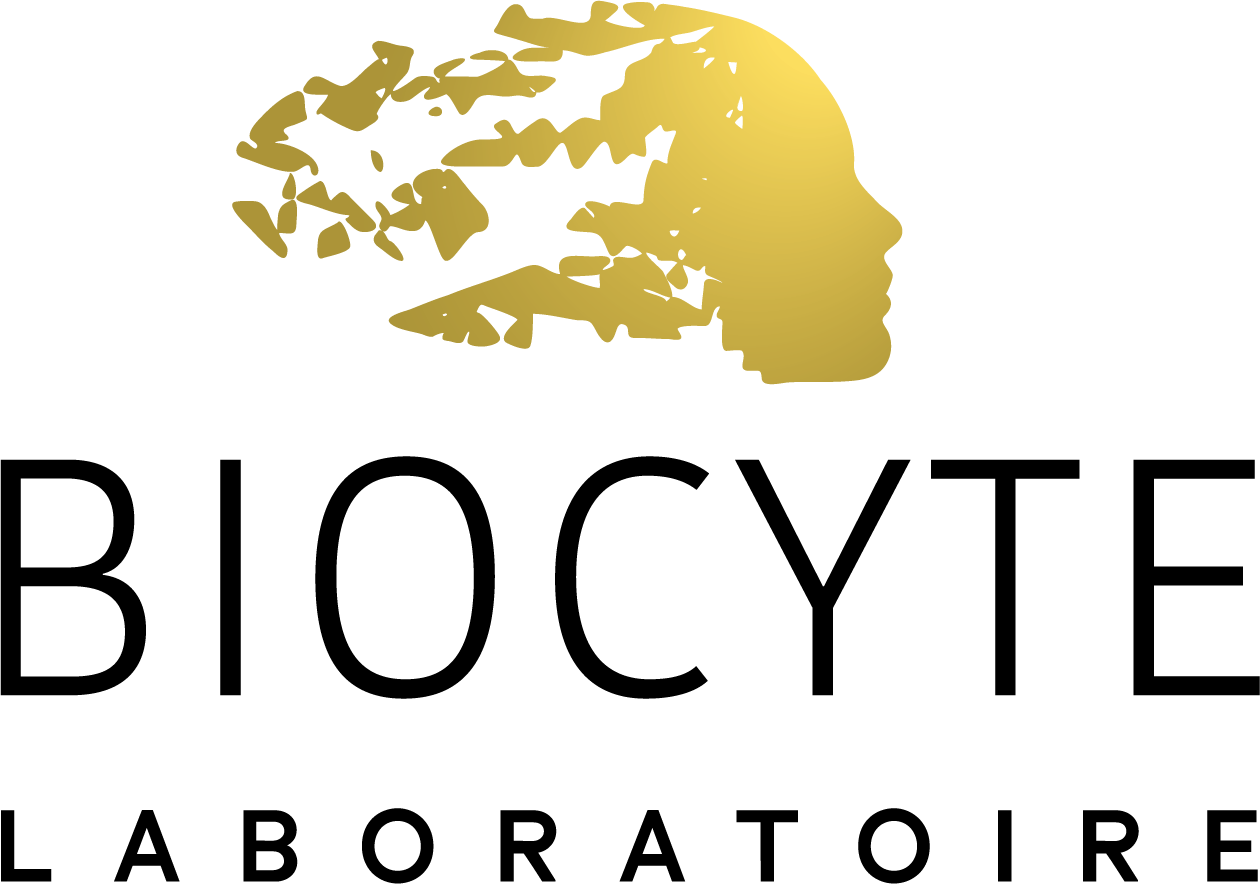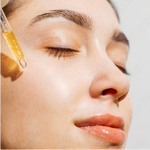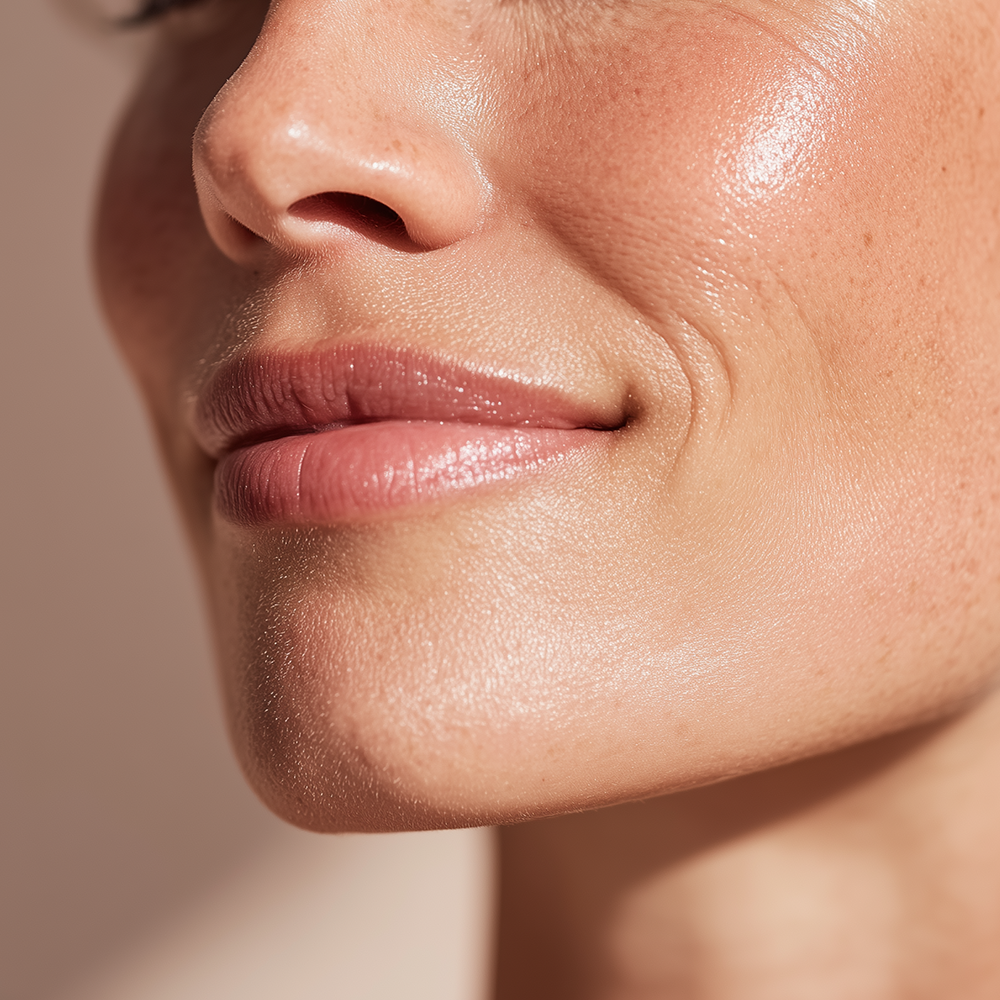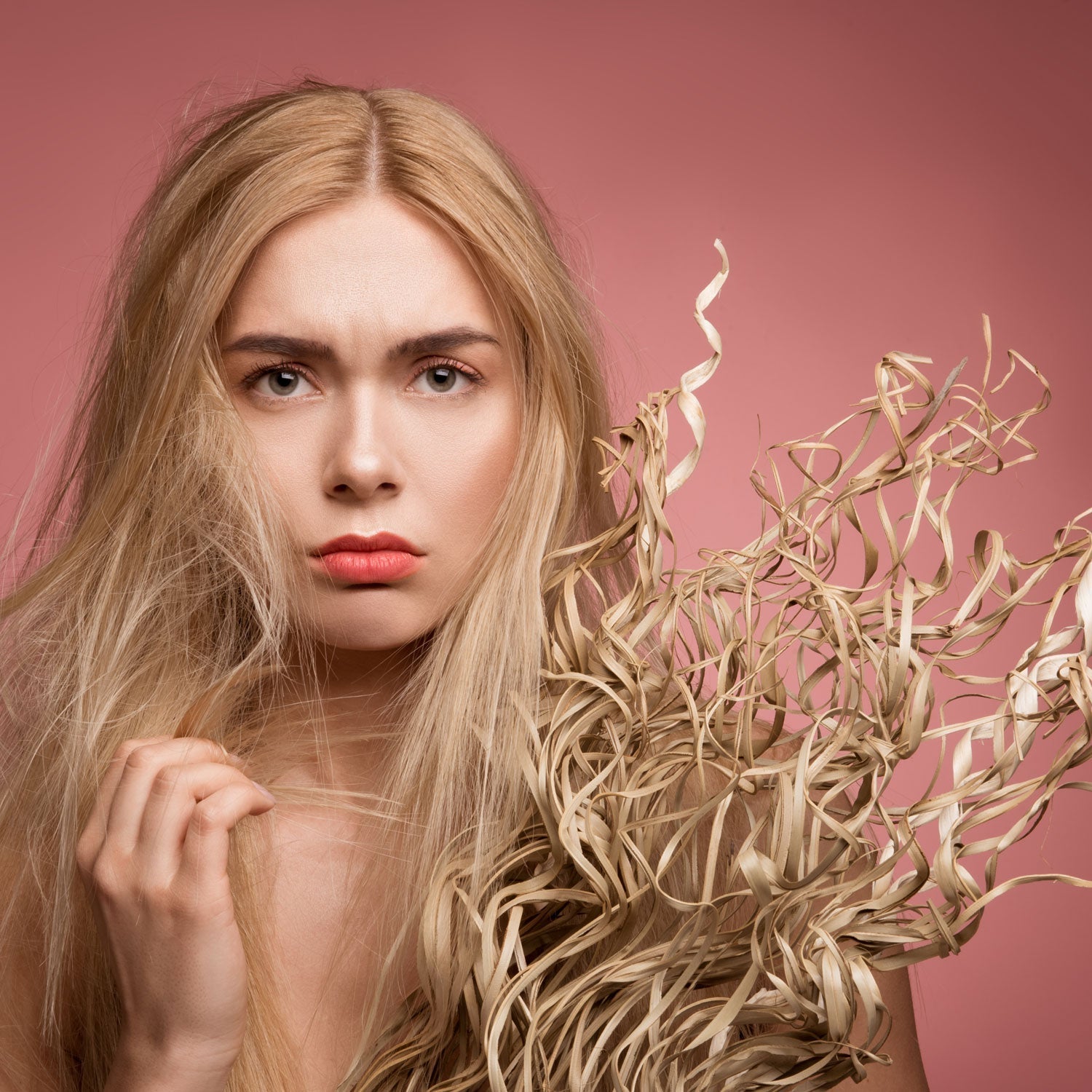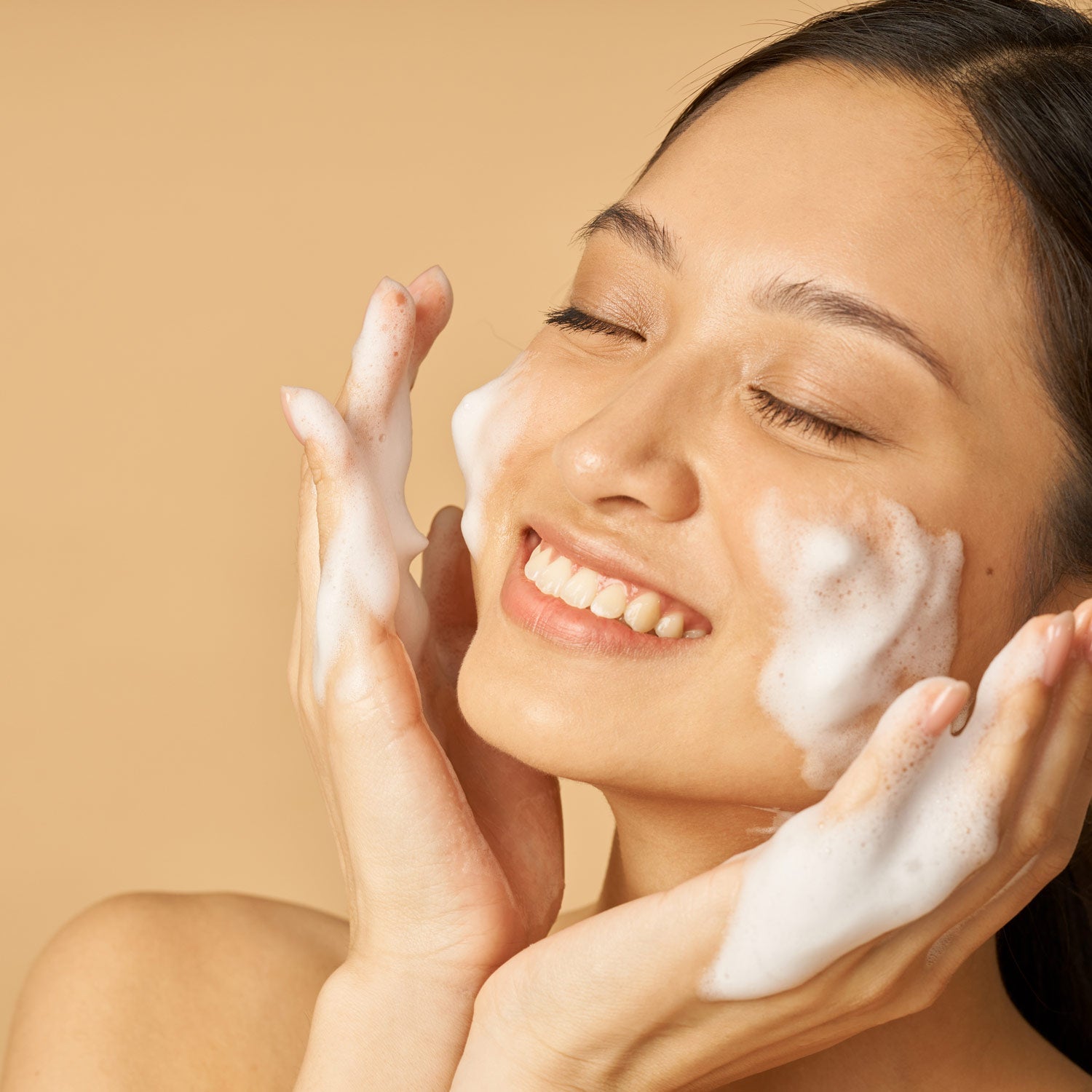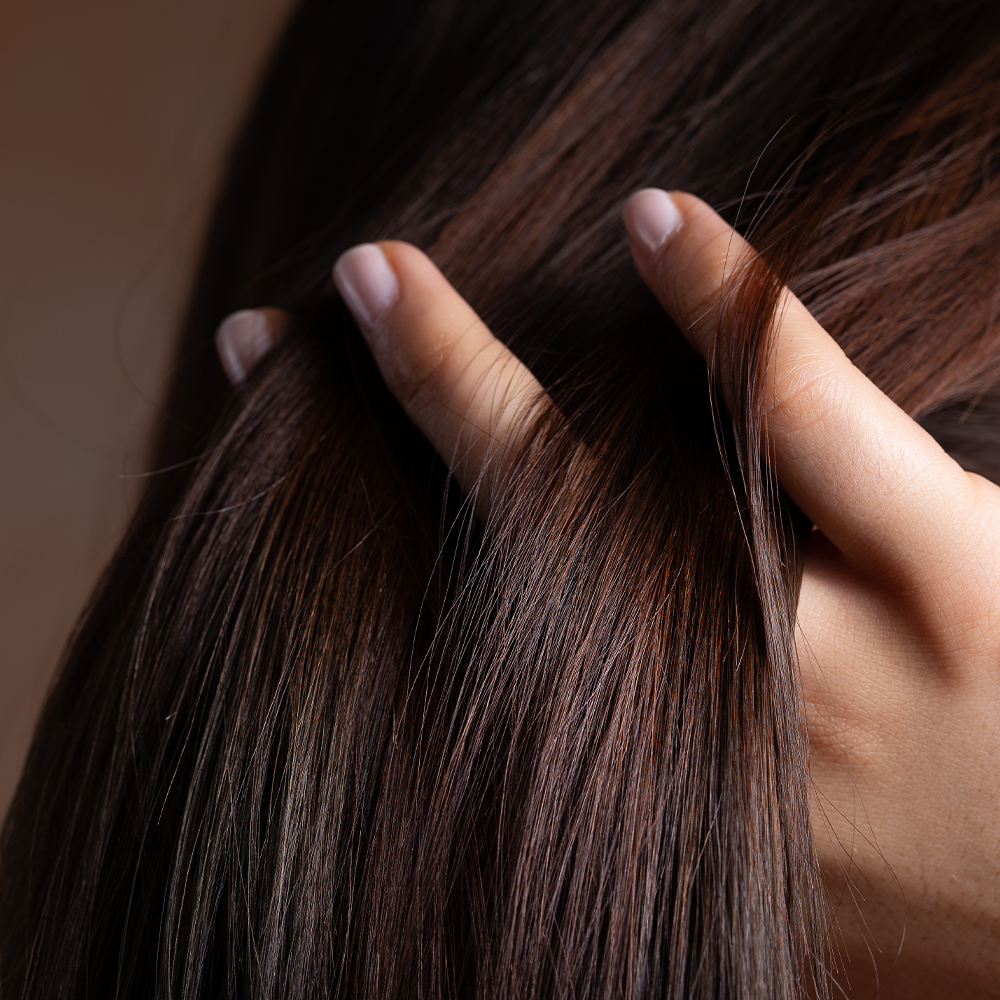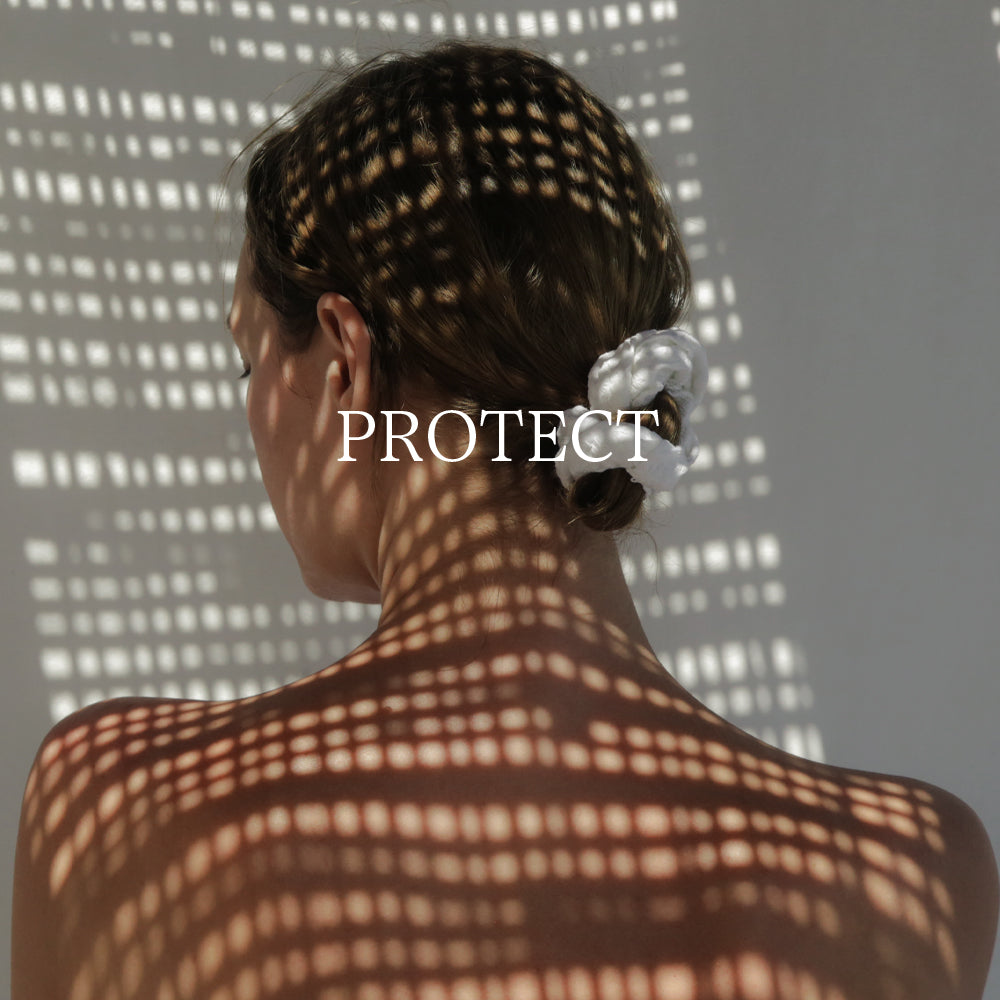
Solar urticaria symptoms and treatment: everything you should know
With the arrival of sunny days, many people look forward to enjoying swimming, outdoor walks, or naps in the sun. But for some skin types, sun exposure can cause unpleasant skin reactions . Among these, solar urticaria , sometimes confused with other forms of sun allergy , can significantly affect the quality of summer life.
How can we recognize this particular skin reaction ? Is it predictable? What are the ways to mitigate its effects, or even prevent it? This is what we will explore, combining the contributions of dermatology and nutricosmetics.
What is hives?
Urticaria is a common skin manifestation, characterized by the sudden appearance of red, itchy, and edematous (swollen) patches . It can be acute or chronic, and occur in reaction to various stimuli: food, medication, stress, cold, heat... or sunlight.
These rashes are caused by the release of histamine from skin mast cells, which causes transient inflammation of the skin.
What is sunburn hives?
Solar urticaria is a rare form of photosensitive skin reaction . It occurs a few minutes to a few hours after exposure to UV rays , particularly UVA rays, and results in the appearance of small spots , itchy papules , or even red patches on the exposed areas .
Although solar urticaria is different from other forms of benign summer light eruption , it is one of the allergic reactions due to the sun .
What causes sunburn hives?
The precise mechanisms of solar urticaria are not yet fully understood, but it is thought to be an abnormal immune reaction caused by the photoactivation of certain molecules in the skin.
Contributing factors may include:
- Light skin , more vulnerable to UV damage
- Genetic or familial sensitivity to sun-induced skin reactions
- Taking certain photosensitizing medications
- A deregulated or overreactive immune system
What are the signs associated with solar urticaria?
Symptoms appear quickly after sun exposure :
- Intense itching
- Burning or tingling sensation
- Skin rash in the form of papules , red patches , sometimes swollen
- Generally located on parts of the body exposed to the sun : neckline, arms, legs, face
These manifestations can persist for several days , particularly in the event of re-exposure. It is important to distinguish this urticaria from simple sunburn or polymorphic light eruption , as treatment protocols differ.
What can the sun do to the skin?
Exposure to UV rays , especially without sun protection , can lead to various consequences:
- Sunburn : superficial burning of the skin, redness, pain
- Benign summer light eruption : delayed reaction, often in the form of small spots , with itching
- Photoaging : loss of elasticity, pigment spots, wrinkles
- Disruption of the skin's immune system
For all these reasons, it is essential to adapt your photoprotection and integrate a global, external and internal strategy to preserve the health of your skin .
Can sunburn hives be prevented?
Prevention relies on a combination of topical and systemic measures. Key recommendations include:
- Apply a broad-spectrum, high SPF sunscreen every two hours
- Avoid sun exposure between 12 p.m. and 4 p.m.
- Wear protective clothing , sunglasses and a hat
- Gradually accustom your skin to the sun before the holidays
Internally, the use of nutricosmetic supplements based on phytopigments (e.g. beta-carotene, lycopene, astaxanthin, lutein) is particularly relevant. These targeted biomolecular active ingredients, taken 2 weeks before exposure , throughout the sunny period and up to 1 month after, contribute to:
- Stimulate the skin's adaptation mechanisms to UV rays
- Reduce UV-induced oxidative stress
- Extend the duration and quality of your tan
Please note: these products do not replace sunscreen . They work in addition to traditional sun protection .
The different forms of sun allergy
There are several types of skin reactions to the sun , including:
- Benign summer lucite : the most common, with small spots on exposed areas , especially in young women
- Polymorphic Lucite : various forms of eruptions, more intense
- Chronic actinic photodermatosis : rare and persistent form
- Drug photosensitization : linked to certain treatments
- Solar urticaria : the rarest, but often very uncomfortable
Each case requires an individual analysis and sometimes a dermatological consultation to make an accurate diagnosis.
What are the recommendations for sun allergies?
Here are some practical measures to adopt in case of solar urticaria or summer light eruption :
- Apply a broad-spectrum sunscreen , renewed regularly
- Favor progressive and short exposures
- Integrate a nutricosmetic sun preparation program before and during the summer
- Hydrate yourself abundantly
- Wear covering clothing to protect sensitive areas
Some health professionals may, in more severe cases, recommend an appropriate medical protocol.
The Biocyte nutricosmetic approach for skin exposed to the sun
For over 17 years, Biocyte , the leading French nutricosmetics laboratory, has been designing innovative solutions to support the skin against the effects of the sun . A pioneer in phytopigment and functional antioxidant supplementation, Biocyte offers complete formulas, recommended by aesthetic medicine professionals and available in pharmacies.
Our protocols, based on solid clinical evidence , aim to prepare, protect and prolong the beauty and radiance of the skin throughout the summer season. Many consumers have also praised our award-winning products at the Victoires de la Beauté .
Conclusion
Solar urticaria , although rare, is nonetheless distressing for those affected. Fortunately, a comprehensive strategy, combining external photoprotection and a targeted nutricosmetic approach , makes it easier to prevent it and enjoy the sun with complete peace of mind.
Biocyte is committed to supporting all skin types, even the most sensitive, in their sun exposure thanks to recognized expertise , innovative formulas and a constant scientific commitment to skin health .
